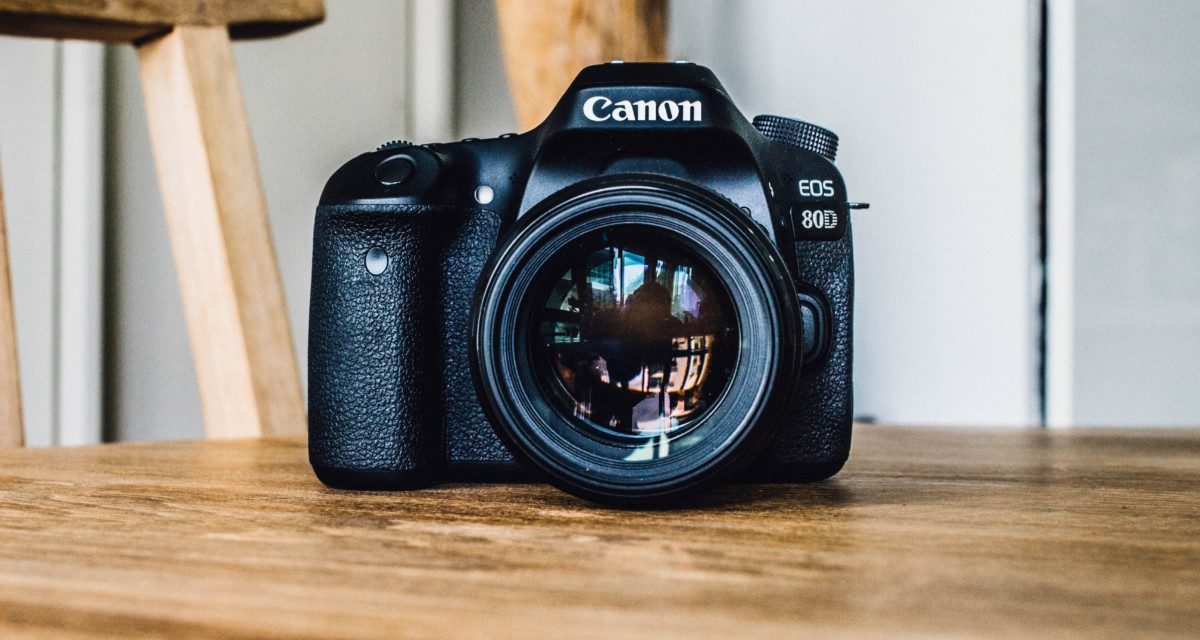[ad_1]
Understanding digital camera zoom can be very confusing for many casual photographers. Certain information is made very clear by the camera manufacturers, such as megapixels and screen size.
However, zoom is something that is not so clearly advertised and therefore, most buyers are not familiar with this facet of their cameras. Nevertheless, your camera's zoom can have a huge effect on the quality of your shots.
Typically, there are two types of zoom on digital cameras: optical and digital. The following will help to explain how these zooms differ from each other and which one will best suit your needs.
Optical Zoom
An optical zoom works by measuring the change in the focal length (the distance between the middle of the lens and the image sensor) of the lens. For example, when you move the camera lens further away from the image sensor, the image sensor catches a decreased amount of the subject and is magnified, which results in increased zoom.
If your camera has optical zoom, you may find that you have complete control over where the zoom stops (known as smooth zoom). However, many digital cameras have limited zoom settings, which offer between four and seven zoom positions.
Digital Zoom
Digital zoom is a process where the photograph is cropped and magnified digitally. Usually, this is achieved by enlarging or deleting pixels, which, perhaps unsurprisingly, reduces the quality of the picture. Therefore, it is the inferior of the two types of zoom, and is only suitable in certain circumstances.
In most instances, you can perform digital zoom functions in the post-production phase, which will give you more control over the loss of picture quality. If you do not have access to photo editing software, then it is wise to shoot in high resolution when using the digital zoom, so that the loss of quality is not as significant.
What do Zoom Measurements Mean?
When buying a digital camera, you will notice the zoom measurements are signified by a number next to an “x.” The higher the number, the greater the possibility for magnification. For example, 10x offers far greater magnification than 3x.
However, here is where it gets a little confusing, because not all 10x measurements of a camera's optical zoom are the same. Manufacturers measure the extremes of the lens and the multiplier or “x” is the difference between the largest and smallest measurements. For example, a camera with a minimum magnification of 35mm, and an optical zoom of 10x, will have a maximum magnification of 350mm.
Often, digital camera manufacturers will combine the measurements of both optical and digital zoom to show a large figure on the front of the box. This is not an accurate, so it is important for you to read the small print to find the optical zoom figure.
When looking at digital camera zoom, it is recommended that you do some research to ensure that you are purchasing a camera that provides good quality magnification.
[ad_2]
Source by Joan Yankowitz

